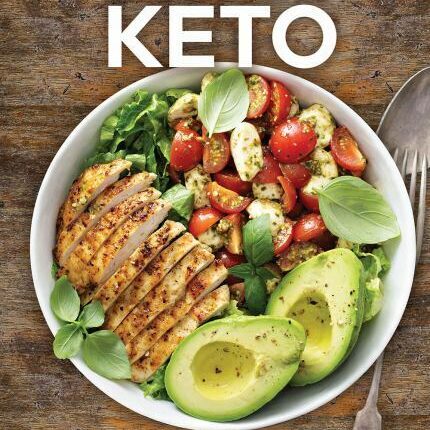Introduction
The ketogenic diet has taken the world by storm, lauded for its remarkable benefits in weight loss, energy enhancement, and improved metabolic health. However, the one-size-fits-all approach often depicted in generic diet plans doesn’t address individual needs and preferences. Enter the custom keto plan—a tailored approach that considers personal dietary preferences, lifestyle, activity level, and health goals. This comprehensive guide will walk you through the importance of a personalized keto plan and how to create one that works for you.

Why Customize Your Keto Diet?
A custom keto plan recognizes that every individual has unique dietary needs and goals. Factors like age, gender, body composition, activity levels, and underlying health conditions can significantly affect how one responds to a standard ketogenic diet. Personalization ensures that:
- Nutritional Needs Are Met: Tailoring your plan helps in managing macronutrients to support your body’s specific requirements.
- Sustainability: A diet tailored to your preferences and lifestyle is easier to maintain long-term.
- Effectiveness: Customization can optimize the diet’s effectiveness for weight loss, muscle gain, and overall health improvements.
- Step-by-Step Guide to Creating a Custom Keto Plan
1. Assess Your Goals
Start by defining clear, realistic goals. Are you looking to lose weight, enhance athletic performance, or improve health markers like blood sugar or cholesterol levels? Your objectives will guide the structure of your keto plan.
2. Calculate Your Macros
Understanding your macronutrient requirement is crucial in a keto diet. Use a keto calculator to determine how many grams of fat, protein, and carbohydrates you need per day based on your body composition and goals. This calculation typically adheres to the ketogenic standard of high fats, moderate proteins, and very low carbohydrates.
3. Consider Food Preferences and Allergies
Incorporate foods you enjoy and avoid those you dislike or are allergic to. This step is crucial for maintaining a diet long-term. List down all the keto-friendly foods you prefer and use this as a base to build your meals.
4. Plan Your Meals
Using your preferred foods list and macro requirements, start planning your meals. Think about typical days and how meals can fit into your schedule. Planning ahead helps in avoiding non-keto options when you’re short on time or options.
5. Adapt as You Learn
As you progress with your custom keto plan, you’ll learn more about how your body responds. Adjust your macros, introduce new keto-friendly foods, and tweak meal sizes as needed. This adaptability is key to a successful long-term keto lifestyle.
Tips for Implementing Your Custom Keto Plan
- Use Technology: Leverage apps and tools for tracking your food intake and macros to stay on course.
- Keep Hydrated and Manage Electrolytes: Keto can lead to increased fluid and electrolyte loss. Make sure to drink plenty of water and supplement with electrolytes if necessary.
- Prepare for Keto Flu: Have strategies in place to manage initial symptoms of the keto flu, like increased intake of bone broth or salted water.
- Seek Professional Advice: Especially if you have underlying health conditions, consult with a healthcare provider before starting a keto diet.
Conclusion
A custom keto plan offers a tailored approach that can significantly enhance the effectiveness and enjoyment of the ketogenic lifestyle. By understanding your personal needs and preferences, calculating your ideal macronutrient intake, and planning meals that you enjoy, you can create a keto diet that not only achieves your goals but is also enjoyable and sustainable. Remember, the key to a successful diet is not just in the planning but in the ongoing adjusting and adapting to find what works best for your body.
